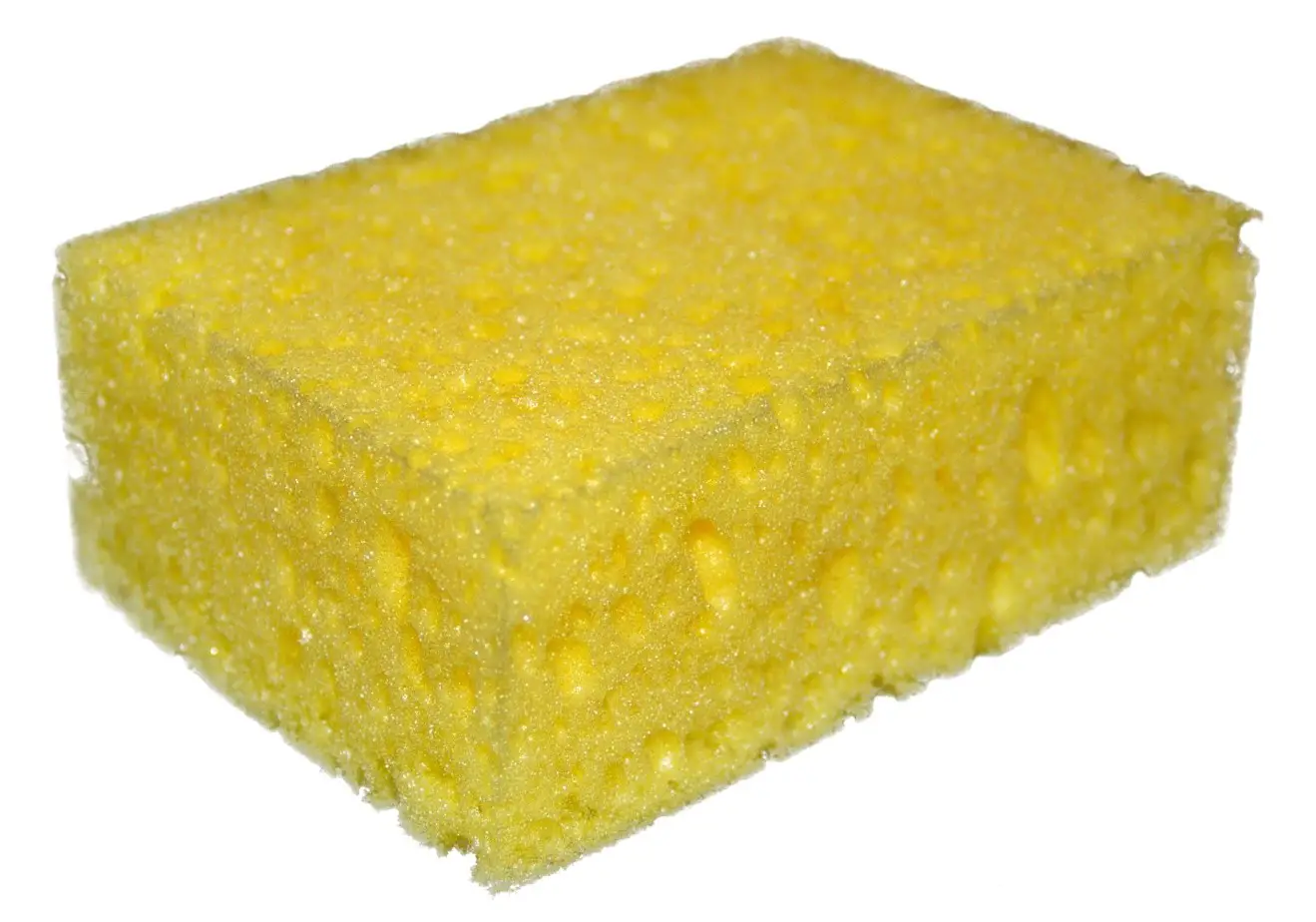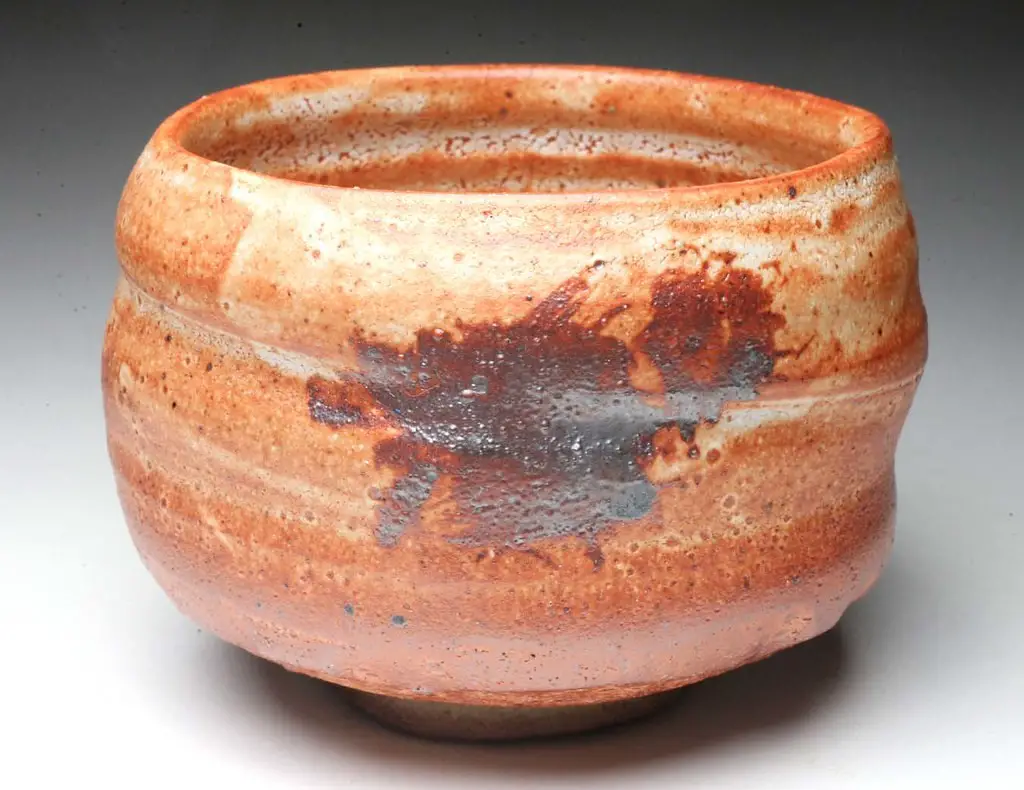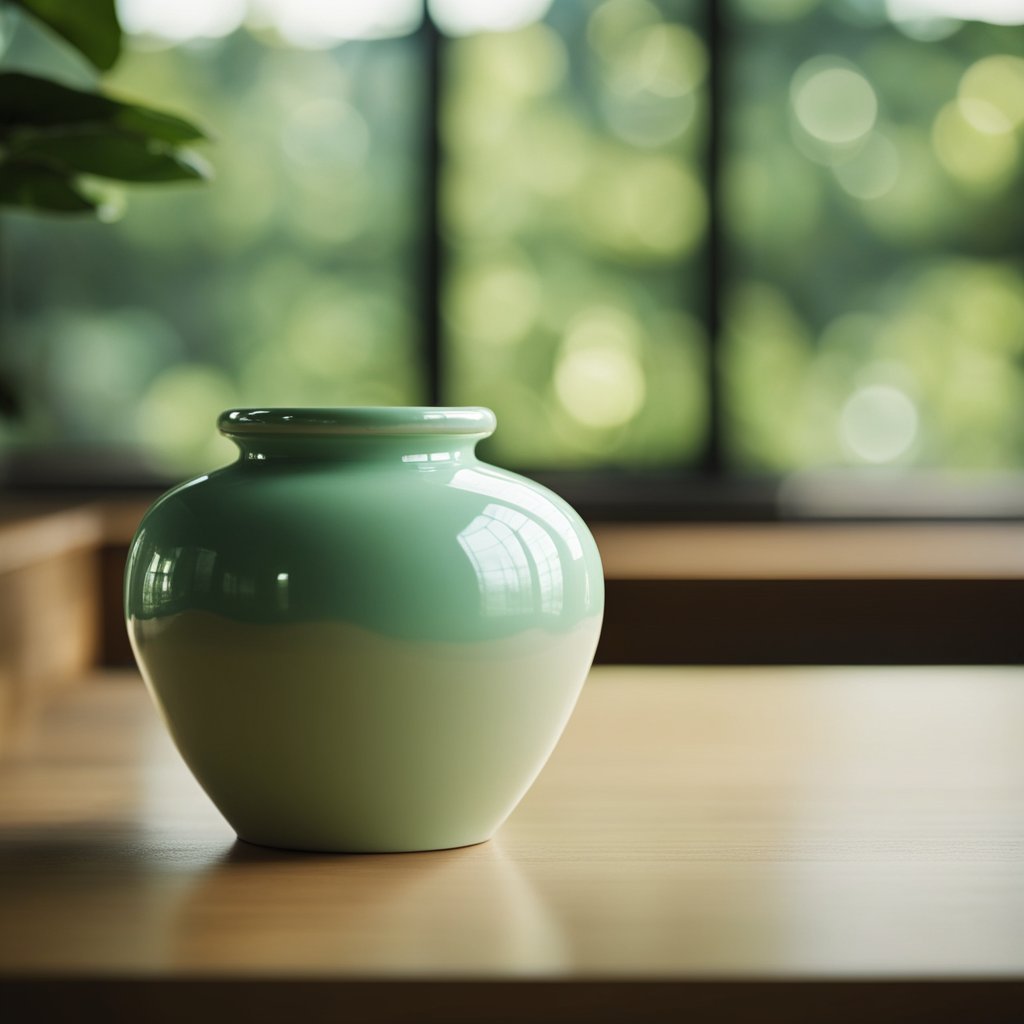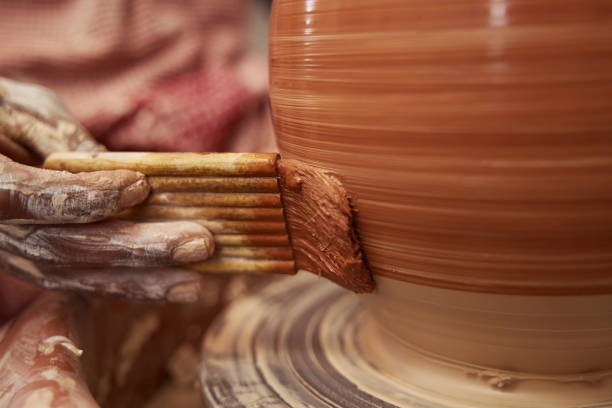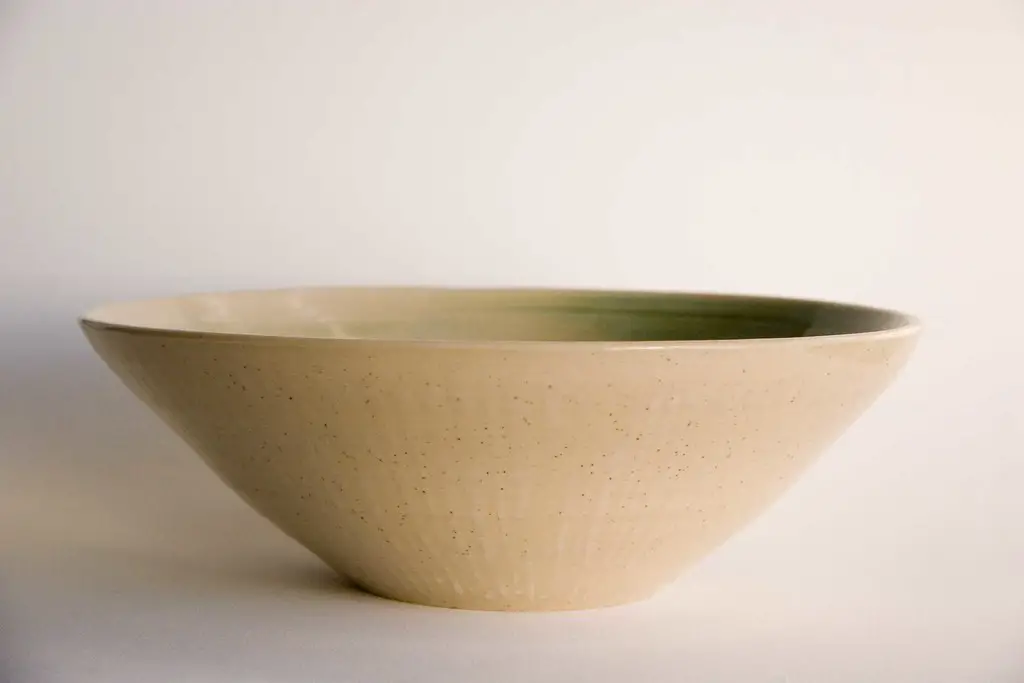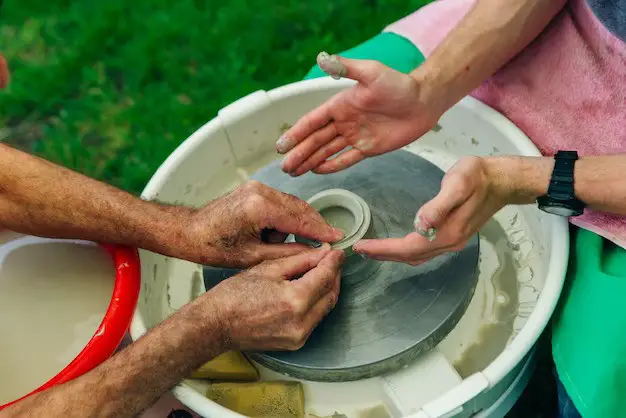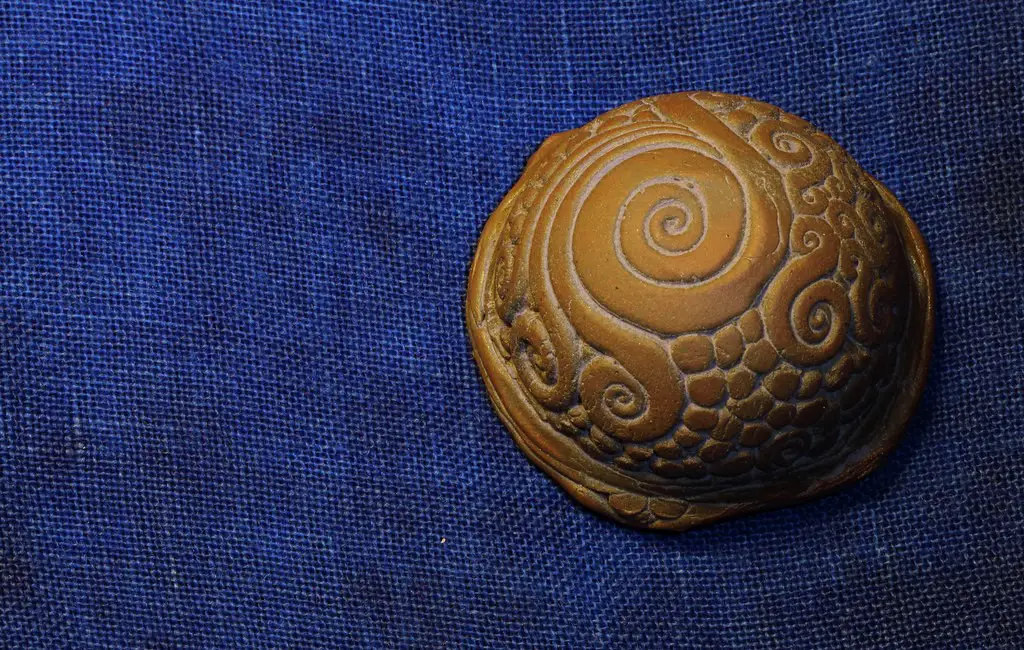Sponges are a great pottery tool, given their versatility. Without a sponge, it is almost impossible to craft an amazing piece without making a mess. There are several types of pottery sponges available in the market. Certain synthetic sponges can help keep your workspace clean and for scrubbing purposes. On the other hand, the sponges used for pottery finishing typically have a smooth texture. You can also use the typical sponge-on-the-stick for soaking up any excess water in the pottery piece.
There are several other ways to use pottery sponges for creating some amazing pieces. Let us check them out!
1. Keep Your Work Space Clean:
Pottery sponges are perfect for keeping your workspace clean, especially when you are dealing with clay that tends to mess up the whole area. Regardless of your expertise in the field of pottery, you might end up with a few stains or more in your workspace. So, it is advised that you keep a big yellow sponge beside you to soak up in the water and wipe off the complete space with ease.
2. For Glazing and Underglazing:
Glazing or under glazing could be a tricky part of pottery art, and even the slightest errors could mean that your hard work would go to waste, especially if the pottery piece is fired without correction. With the help of a high-quality sponge, you can put up the exact amount of glaze required for your pottery piece. In case you do add a lot of glaze to the artwork, you can also use a sponge to dab out extra glaze from the same.
This would ensure that there are no dripping issues that tend to form a bubble-like structure after firing.
3. Remove Brushstrokes or Fingerprints:
Regardless of how good you are at your artwork, you would probably leave some brushstrokes or fingerprints on the piece. If you fire these pieces without correcting the errors, your artwork might not look as good as you expected it to be. With the help of some water and a good-quality sponge, you can remove these marks and make the pottery piece smooth and clean before the firing process.
4. Decorate Your Artwork:
Sponges can be used for much more than cleaning or dabbing out water from the piece. It can be used to decorate your artwork as well. Apart from glazing or under glazing, you can use it for decorative effects like adding some beautiful polka dots or creating beautiful patches of different colors. You can either use yellow or blue foam with sticks fixed on them to help hold it easily. If you are looking for a good sponge set, you can use the Pistha 20 Pieces Round Sponges Stippler Set. This set consists of 4 different sizes of sponges that get you vivid and extremely pigmented bright colors when used for pottery painting.
You can also cut up the sponge to the desired shape and dab it on the pottery piece with colors of your choice. For example, you can cut up a star or even a Christmas tree on the sponge and dab it on color such as acrylic and print it on the pottery to get your desired effect.
You can use a sharpie to draw in the lines on a sponge and cut up the shape with the help of a sharp pair of scissors or a chef’s knife.
Use of Sponge |
Procedure |
| Keeping the WorkSpace Clean | With the help of a lightly wet sponge, you can dab out the clay dust or wet mud |
| Glazing/Underglazing | You can use a sponge to dab the required amount of glaze on the pottery piece. With a similar dabbing action, you can remove the extra glaze as well |
| Remove Brushstrokes or Fingerprints | This should be done before firing the pottery or before the piece dries out completely. Slightly moisten the sponge and lightly dab on the areas with imperfections |
| Decorate the Artwork | Sponges can be used to put in some polka dots or other designs by cutting up certain patterns |
How to use a sponge for the purpose of wheel-throwing?
Depending on whether you are left-handed or right-handed, your technique for wheel-throwing using sponges would vary. Your sponge won’t necessarily touch your clay piece. However, it helps organize your hands and provides comfort during the wheel-throwing process. Moreover, it also serves as a small and gentle water reservoir to add to the clay if it starts to feel too dry.
Here are some quick tips to follow through when using sponges for wheel throwing:
- When throwing, start with no sponge in your hand. Next, try 1 sponge and then 2 sponges with 1 in each of the two hands. Doing this allows you to determine which technique works for you and which doesn’t. If you are a beginner, you can start by using 2 sponges. This helps you get the exact feel of the clay & helps you focus the pressure on your clay in the right way.
- Make sure the pressure points on the clay piece are divided equally on the inside and outside. Ensure there is a single contact point both inside and outside. This could either be your knuckle, your fingertip, or even the sponge you are using.
- An ideal sponge should feel comfortable on your hands. You can look at a range of sponges available in the market. Most beginners feel comfortable with Tack sponges. However, the only method of figuring out what works for you is to try and experience them all.
- Make sure you have a big yellow sponge to easily clean up the wheel head or the splashes/spills that happen during the process. They can also be used for wiping the hands after the wheel-throwing process.
Conclusion
Sponges make up for an important part of the pottery-making process. With the right set of pottery sponges, you can make your pottery work stand out from the rest. Make sure you have a spare set of sponges by your side to ensure that your journey to learn pottery is smoother and easier.

